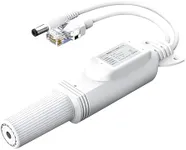Buying Guide for the Best Powerline Adapters
Powerline adapters are a great solution for extending your home network using your existing electrical wiring. They are particularly useful in situations where Wi-Fi signals are weak or unreliable, and running Ethernet cables is impractical. When choosing a powerline adapter, it's important to consider several key specifications to ensure you get the best performance and compatibility for your needs.SpeedSpeed refers to the data transfer rate of the powerline adapter, usually measured in megabits per second (Mbps) or gigabits per second (Gbps). This spec is important because it determines how quickly data can be transmitted between devices. Powerline adapters typically come in speeds ranging from 200 Mbps to 2000 Mbps. For basic internet browsing and streaming, 200-500 Mbps may be sufficient. For high-definition video streaming, online gaming, or transferring large files, you may want to consider adapters with speeds of 1000 Mbps or higher. Assess your internet usage and choose a speed that matches your needs.
RangeRange indicates the maximum distance over which the powerline adapter can effectively transmit data. This is important because it affects how far apart your devices can be while still maintaining a strong connection. Powerline adapters generally work well within a range of 300 meters (about 1000 feet) over electrical wiring. If you have a large home or need to connect devices that are far apart, look for adapters with a longer range. Keep in mind that the actual range can be affected by the quality of your electrical wiring and the presence of electrical noise.
Number of PortsThe number of ports on a powerline adapter determines how many devices you can connect to it via Ethernet cables. This is important if you have multiple devices that need a wired connection, such as computers, gaming consoles, or smart TVs. Some adapters come with a single Ethernet port, while others may have two or more. Consider how many devices you need to connect and choose an adapter with a sufficient number of ports to accommodate them.
Pass-Through SocketA pass-through socket is a feature that allows you to plug other electrical devices into the powerline adapter itself, effectively preserving the use of the electrical outlet. This is important if you have limited outlets available and need to use the same outlet for both the powerline adapter and other devices. If you have a lot of devices that need to be plugged in, look for powerline adapters with pass-through sockets to avoid losing an outlet.
EncryptionEncryption ensures that the data transmitted over your powerline network is secure and protected from unauthorized access. This is important for maintaining the privacy and security of your network. Most modern powerline adapters come with built-in encryption, typically using standards like AES (Advanced Encryption Standard). When choosing an adapter, make sure it supports encryption to keep your data safe.
CompatibilityCompatibility refers to how well the powerline adapter works with other devices and standards. This is important to ensure that your adapter can integrate seamlessly with your existing network setup. Look for adapters that are compatible with the HomePlug AV or AV2 standards, as these are widely supported and offer good performance. Additionally, check if the adapter is compatible with your router and other network devices to avoid any connectivity issues.
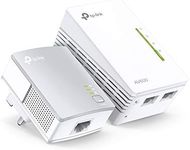
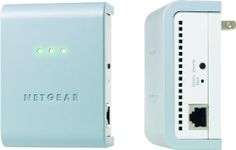
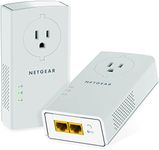
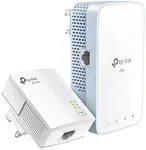
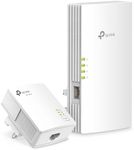
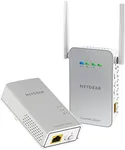
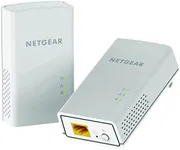
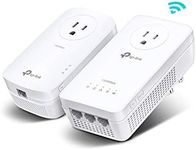


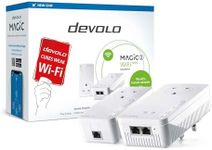
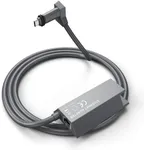
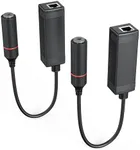
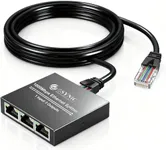
![MT-VIKI Ethernet Splitter 1 to 2 High Speed 1000Mbps, Gigabit Dual RJ45 Splitter for Cat5/5e/6/7/8 Cable[2 Devices Simultaneously Networking]](https://images-proxy.bestreviews.guide/XhIGtCc9qJnSzJrXWIKKIvZRozQ=/0x150/https://m.media-amazon.com/images/I/41fETrP2zDL._AC_CX679_.jpg)
